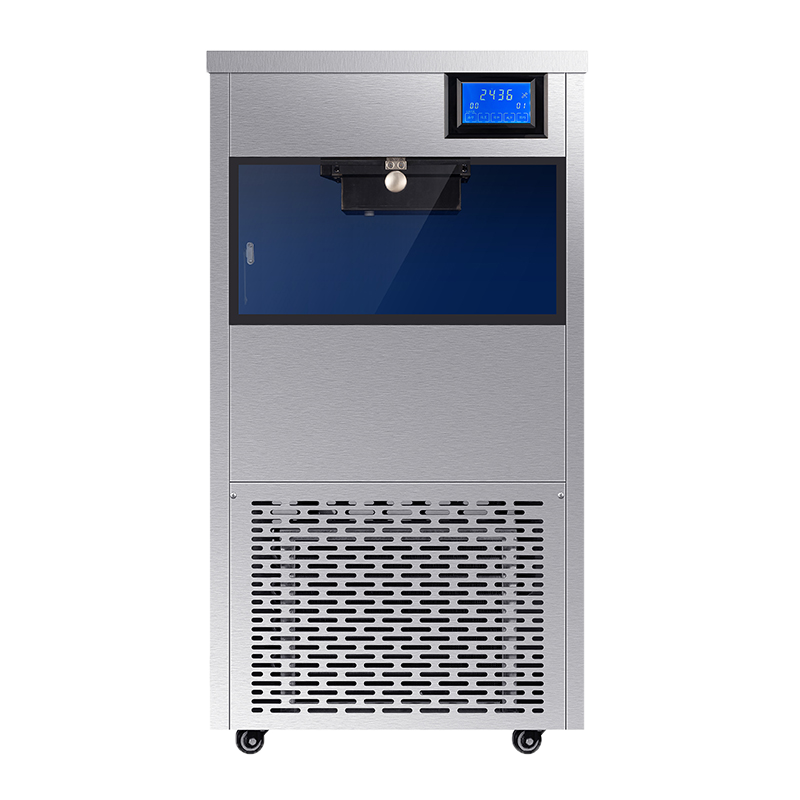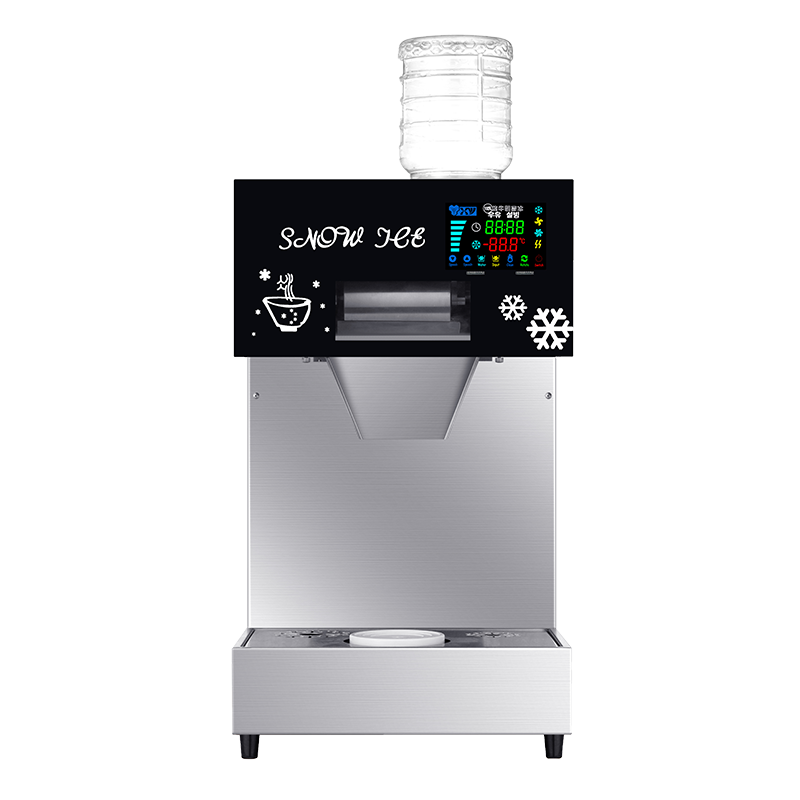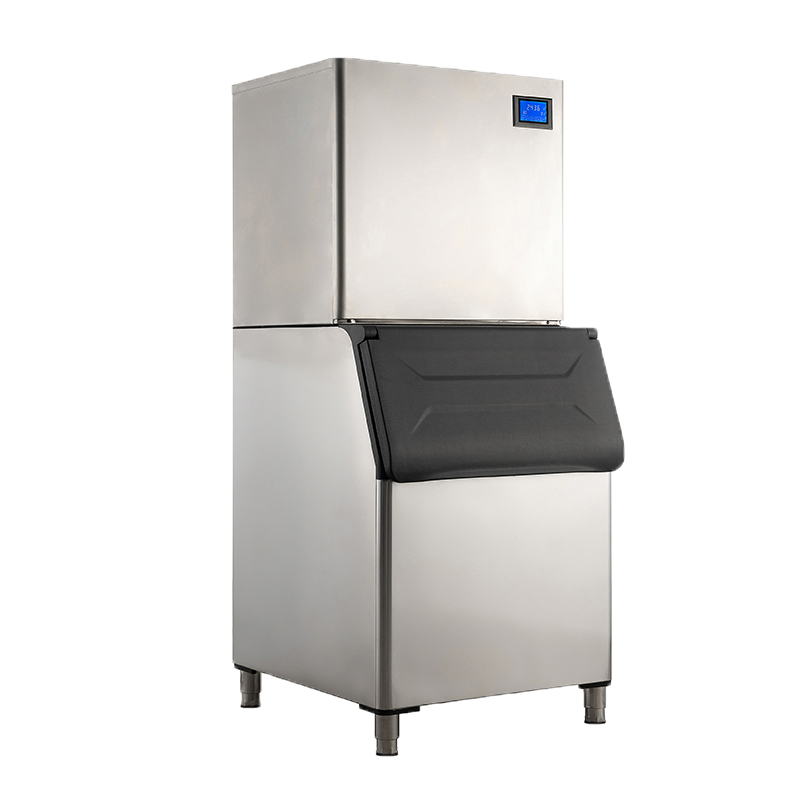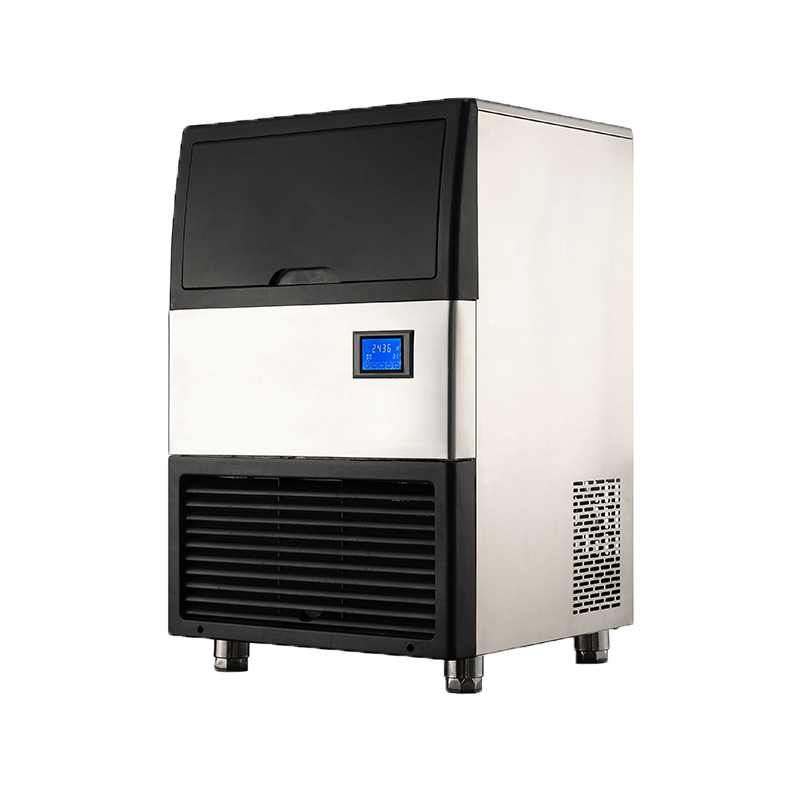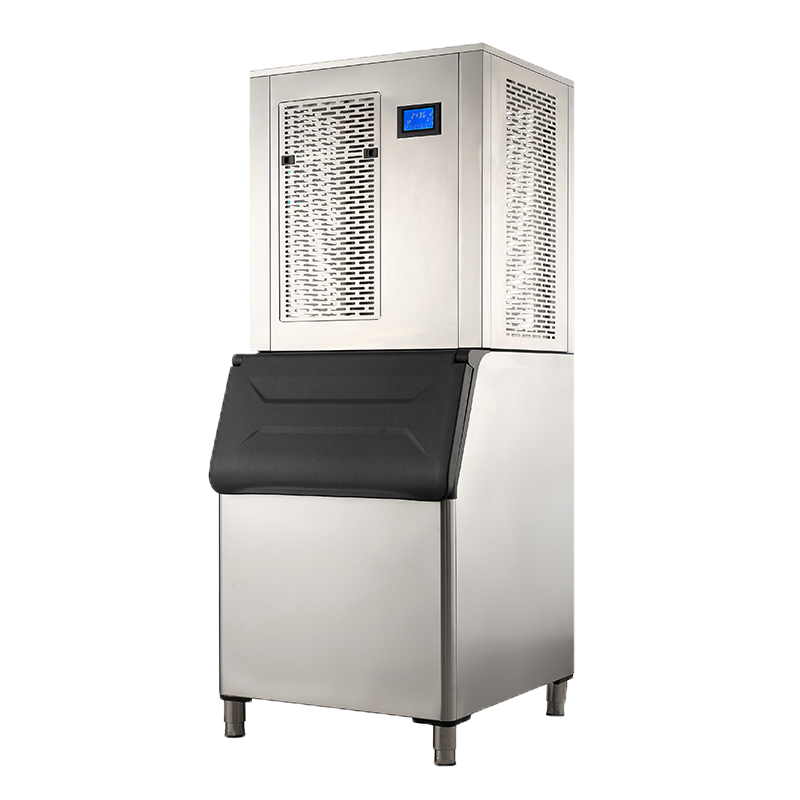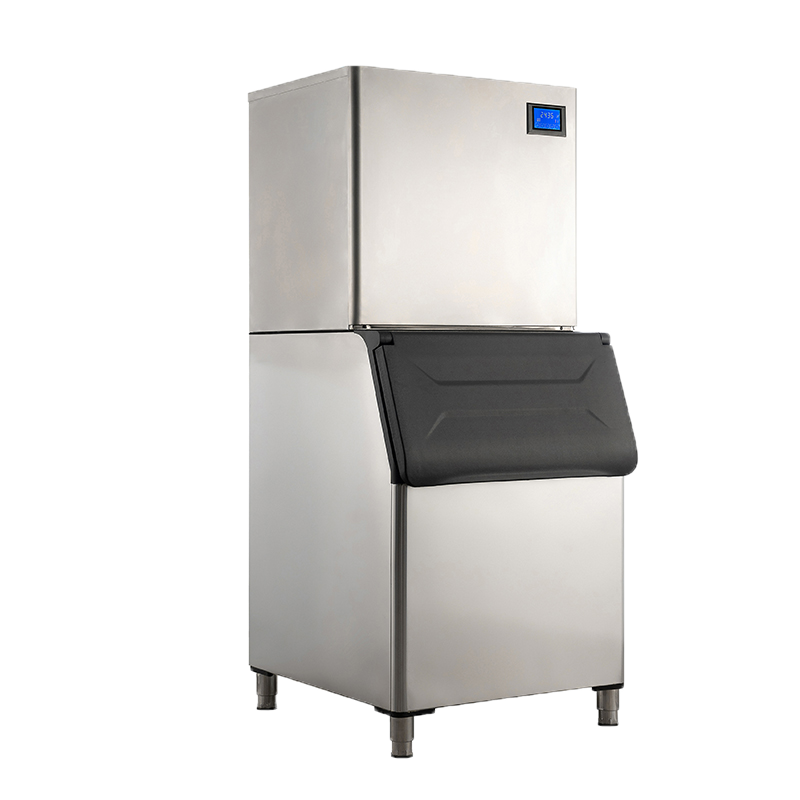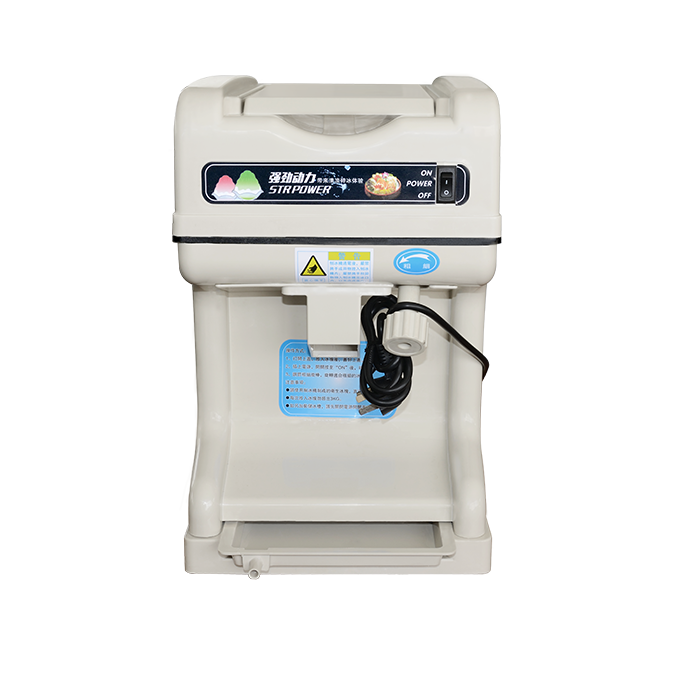Ice machines play a crucial role in various commercial settings, from restaurants and hotels to healthcare facilities and beyond. When selecting an ice machine, one of the fundamental decisions to make is whether to opt for a modular or a self-contained unit. Each type offers distinct advantages depending on your operational needs and space constraints.
Modular Ice Machines
Modular ice machines are designed for high-volume ice production, typically ranging from 300 to over 1000 pounds of ice per day. Here’s what sets them apart:
High Capacity: These machines are capable of producing large quantities of ice, making them ideal for establishments with high demand, such as large restaurants, hotels, and event venues.
Flexibility: Modular units are separate from their ice storage bins. This separation allows for more flexibility in installation configurations. They can be placed on top of or adjacent to various sizes of storage bins, accommodating different space layouts.
Commercial Use: Due to their capacity and output, modular ice machines are well-suited for commercial use where a constant supply of ice is essential throughout the day.
Maintenance: Professional installation and regular maintenance are recommended to ensure optimal performance and longevity. This includes cleaning and sanitizing the ice-making components regularly.
Self-Contained Ice Machines
Self-contained ice machines integrate both ice production and storage into a single unit. Here are the key features:
Compact Design: These units are compact and occupy less space compared to modular units. They are designed to fit under countertops or in spaces where square footage is limited.
Ease of Installation: Installation is straightforward as these units do not require a separate storage bin. Once connected to a water line and power source, they are ready to produce and store ice.
Versatility: Self-contained units are versatile and suitable for smaller businesses or locations with lower ice production needs. They can be found in small restaurants, cafes, office break rooms, and similar environments.
Portability: Some models are portable, allowing them to be moved easily within a facility or relocated if needed.
Choosing the Right Ice Machine
When deciding between modular and self-contained ice machines, consider the following factors:
Space Availability: Evaluate the available space for installation. Modular units require more space for both the machine and the storage bin, whereas self-contained units are compact and space-efficient.
Ice Production Requirements: Determine the daily ice production needs based on your business or establishment’s demand. High-volume operations benefit from the output of modular machines, while smaller businesses may find self-contained units sufficient.
Installation and Maintenance: Assess the ease of installation and ongoing maintenance requirements. Modular units may require professional installation and periodic servicing to ensure optimal performance. Self-contained units typically have simpler installation procedures and maintenance needs.
Budget Considerations: Compare initial costs and long-term operating expenses, including energy consumption and maintenance costs, when making your decision.
Conclusion
Choosing the right ice machine involves balancing capacity, space constraints, and operational requirements. Modular ice machines excel in high-demand environments where continuous ice production is critical, while self-contained units offer compactness and simplicity for smaller-scale operations. By understanding the differences between these types, you can make an informed decision that best suits your business needs, ensuring a reliable supply of ice to meet customer demands efficiently.


